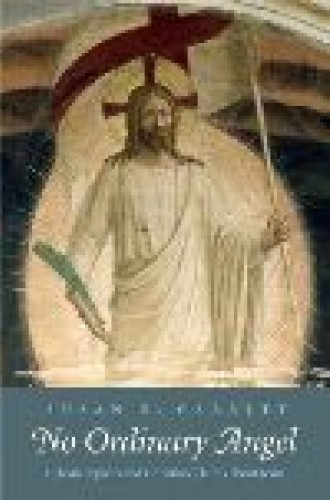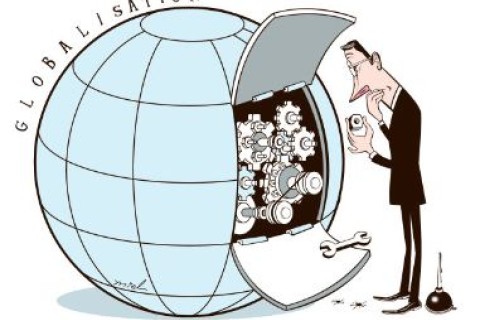Features
Art you can believe in: Artists outside the church and within it
In December, the arts-and-faith journal Image published its 20th-anniversary edition, showcasing the work of poets, short-story writers, theologians and essayists as well as visual artists. Under the direction of Gregory Wolfe, Image has become one of the top-ten best-selling literary journals in the U.S. The quarterly is published by the Center for Religious Humanism, based at Seattle Pacific University.
Poll watching: Tova Wang on election reform
Congregational snapshot: Four church trends
Probably every churchgoer can say how his or her church is changing or has changed. It is much more difficult to know whether the experience of any particular congregation fits into a larger pattern. We need a bird’s-eye view to answer such questions.
Stand and deliver: Performers in the pulpit
Coraline
The entrancing animated feature Coraline, faithfully adapted by Henry Selick from Neil Gaiman’s marvelous children’s novel, is an Alice in Wonderland story. The feisty, sharp-witted Coraline (voiced by today’s busiest child actor, Dakota Fanning) finds an alternate world behind a locked door in her apartment building.
Books
Text messages
Bill Bright and Campus Crusade for Christ: The Renewal of Evangelicalism in Postwar America
No Ordinary Angel: Celestial Spirits and Christian Claims About Jesus
Being Consumed: Economics and Christian Desire
BookMarks
Departments
Wilderness of uncertainty: Forgotten virtues to relearn
A saint for hard times: Saint Hedwig
There's a word for it: A collection of neologisms
News
Survey: U.S. grows less religious, less Christian: Self-identified Christians down 10 percent
Shootings give rise to church security concerns: Balancing hospitality with safety
Giving up online social networks for Lent? A virtual fast: A virtual fast
Mainline called uncounted force for change: Clergy support administration on social spending
Earmark excess: An opportunity for reform
Century Marks
Thanks to Darwin: Mark A. Throntveit and Alan G. Padgett of Luther Seminary argue that Darwin’s work frees us to read the Bible on its own terms and helps us to realize that science and the Bible have different, and not necessarily conflicting, agendas. “Science seeks answers to questions of what and how, while biblical interpretation seeks answers to questions of who and why.” The Genesis accounts of creation are less about the origins of creation and more about the ordering of chaos and forming of relationship with us humans (Word & World, Winter).










